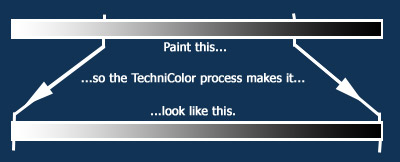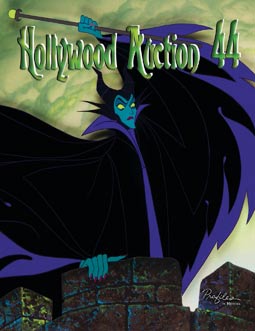So -
Ub Iwerks arrived in Hollywood and started at Disney Bros. Studio in July 1924, as we saw
yesterday. The
upcoming auction has another landmark document for sale, one that, I believe, has had as big an impact on the Disney future as did the fact of Ub arriving: on January 22nd, 1930, while Walt was in New York negotiating with Pat Powers, Ub quit the studio! Roy Disney then had him sign the release (note: he signed "Ubbe E. Iwwerks"), witnessed by his would-be successor Burt Gillett and an Edythe Vosburgh, and calculated his part of the studio as $2,920, for his share that now would have been worth billions of dollars. These are the papers
up for sale!
As animator, Ub's resentment with the studio seems to partly have stemmed from Walt re-timing his drawings, something that may seem trivial to anyone but those in the business. Some artists deal with this matter-of-factly, others go through the roof. It seems Ub kept most of this to himself, then, just as he was about to boil over, he was offered a studio to run, so he resigned.
The whole deal with the new studio had been misrepresented to Ub, who at the time of his resignation wasn't aware that Pat Powers had orchestrated it all. This made him sorry about the whole thing from the start. Walt had a hard time being cross at Ub, just mentioning that the poor guy didn't know what he was in for, as he was no businessman. This turned out eventually to be proven correct, and Ub's studio folded after half a decade with Flip the Frog and Willie Whopper. In 1940, through the intervention of Ben Sharpsteen, he returned to the Disneys, becoming the renowned special effects wizard famed for his optical trickery and inventiveness. When he passed away in 1971, he had left a legacy (and several sons in the business) that will stand through the ages. Of course, you can see all about Ub in his grand-daughter Leslie's wonderful documentary, or read about him in Leslie and John Kenworthy's great book "The Hand Behind the Mouse."
Now for the part that interests me most, but may be most contentious: it is my sincere opinion that, just like Ub's arrival in 1924, his leaving Disney in 1930 was arguably the best thing that could have happened for the studio, where everyone relied on his facile draftsmanship and animation expertize. All of a sudden, from January 1930, the good folks at the studio had to figure out things for themselves! The film Just Mickey, a.k.a. Fiddlin' Around, shows a definite low point in the studio artists' abilities. The film was released a month late and was by all standards below par. It wasn't for lack of trying: I have a flippable stack of animation drawings from this film that shows they worked very hard on it! But they had lost a lot of knowledge when Ub left.
From that moment, one could call it the beginning of the Golden Age of Animation, any little advance in the art and craft of animation registered with the crew, any invention was considered ground-breaking. One of the greatest proponents of this was Norm Ferguson, who became the big innovator, and not only by being the first to use moving holds: eventually he was the first to show the inner life of the characters in his famous Pluto and the Fly Paper sequence. Had Ub remained with Walt, I doubt if we would have seen these advances; I doubt we would have seen the growth from the low in mid 1930 trough the beginnings of Snow White in 1934 to its premiere in 1937.
On the other hand, would Ub have been able to remain at the studio throughout the 30s when eventually his style went out of vogue? Would he later have become the renowned effects wizard anyway?
We will never know. On the other hand, Ub Iwerks doubtlessly deserves our sincere respect, a
legend of the animation industry.
For many of you out there:
Happy Second Day of Easter!Labels: Auction, Other Disney









































